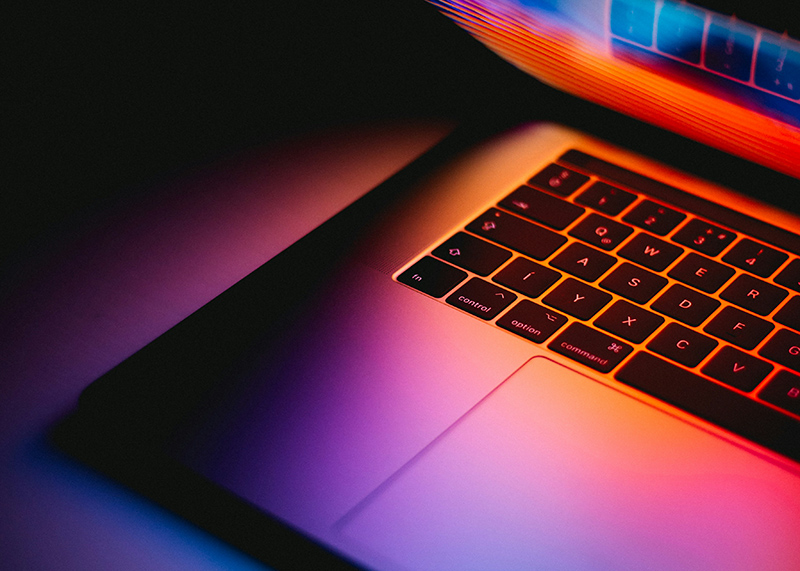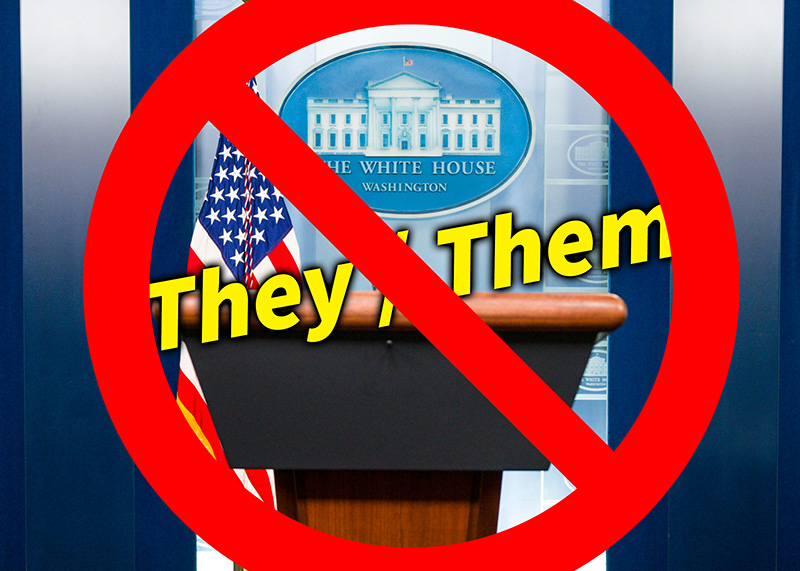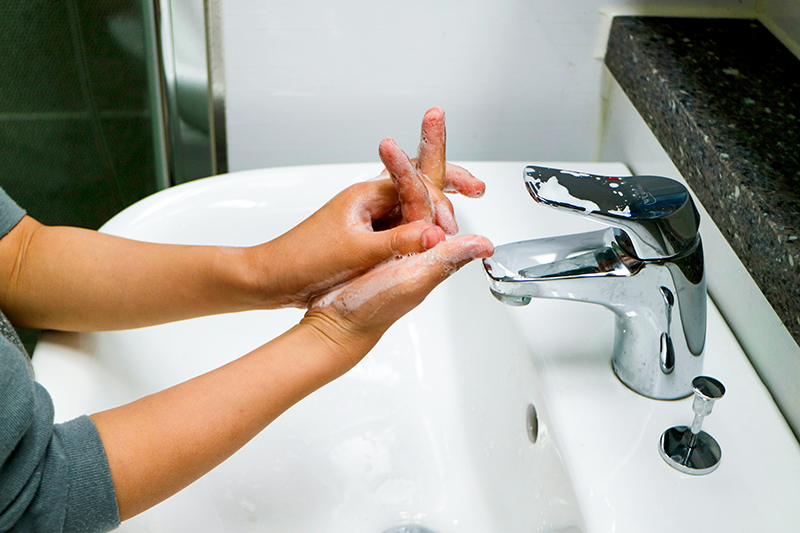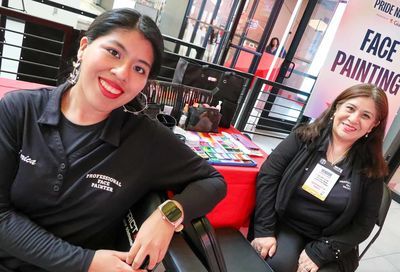Transgender adults are three times more likely to experience food insecurity
A new report from the Williams Institute shows higher percentages of trans adults saying they don't have enough food to eat.

Transgender adults are three times as likely as other adults to face food insufficiency, according to a new study from a prominent LGBTQ think tank.
A report from the Williams Institute, a think tank at the UCLA School of Law, analyzed data from the U.S. Census Bureau’s Household Pulse Survey, conducted between July 21 to October 11 of this year, to analyze the degree to which certain groups may face food insufficiency, defined as “sometimes or often not having enough to eat in the last seven days.”
The study found that food insufficiency among transgender adults was three times as common as their cisgender peers, with 25.3% of trans adults reporting they had not had enough to eat in the past week, compared to 8.3% of cisgender adults.
Additionally, 26% of trans adults and 20% of cisgender adults reported having enough food but not always the kinds of food they wanted, and only 49% of trans adults reported having enough food of they kind they wanted, compared to nearly 72% of cisgender adults.
One of the contributing factors to a person’s level of food insecurity appears to be their income. More than two in five transgender adults who earned less than 130% of the federal poverty level — the amount below which people can qualify for the Supplemental Nutrition Assistance Program, also known as food stamps — reported experiencing food insufficiency in the past week. By comparison, slightly more than one in five cisgender adults reported the same.
Even for higher income levels, transgender adults were more likely to experience food insecurity than their cisgender counterparts, with 29.2% of those living between 131% and 200% of the federal poverty level, compared to 12.7% of cisgender adults. More than one in ten trans adults living above 200% of the federal poverty level saying they had not had enough food to eat over the past few days, compared to only 2.9% of cisgender adults.
For those living below 130% of the federal poverty level, about 31% of transgender adults and 39% of cisgender adults reported that they or someone in their household are receiving SNAP benefits such as food stamps. But interestingly, transgender participants receiving benefits were less likely to report experiencing food insufficiency than those not receiving assistance, while their cisgender counterparts on assistance were more likely to report experiencing food insufficiency than cisgender adults not receiving benefits.
Related: Nearly 1 in 10 LGBTQ people fear they’ll be evicted in the next two months, survey finds
More than three-quarters of transgender and more than 4 in 5 cisgender adults attributed their food insufficiency to their inability to afford food. But trans respondents were twice as likely to attribute their level of insecurity to their inability to get out and buy food, or concerns about their safety when venturing out.
Food insufficiency was more common in some sub-groups than others. For instance, more than one-third of transgender people of color said they “sometimes or often” don’t have enough to eat, compared to 17% of white transgender people and 13% of cisgender people of color. Cisgender white people were the least likely to report food insufficiency, with only 6% saying they don’t have enough food.
When broken out by educational levels, people with bachelor’s degrees or higher levels of educational attainment, regardless of gender identity, were less likely to report food insufficiency than those with a high school degree or less. However, transgender people, regardless of their educational status, were more likely to report food insufficiency than their cisgender peers.
Specifically, 22% of those transgender adults with bachelor’s degrees or higher, 18% of transgender adults with some college or an associate’s degree, and 32% of those with a high school education or less reported not having enough food to eat. Those numbers for similarly-situated cisgender adults in each sub-group were 2%, 9%, and 14%, respectively.

Given that fewer than one-third of transgender people experiencing food insufficiency are enrolled in SNAP, the report’s authors suggest a possible need for greater outreach to the transgender community to ensure those qualifying for the program are enrolled in it. That said, they also note that given the fairly high levels of food insufficiency that still exist for those enrolled in SNAP, benefit levels — currently set at a maximum of $459 a month for a household of two — may also need to be re-examined.
Lastly, the report’s authors note that while the Household Pulse Survey did not examine barriers to SNAP enrollment, prior research indicates that barriers to obtaining accurate identity documents that align with a person’s preferred name and gender marker can be obstacles for transgender people, and thus may also be an obstacle to enrolling in government assistance programs.
According to the U.S. Transgender Survey, more than two-thirds of transgender people reported that they lacked identity documents reflecting their gender identity, and one-third of trans individuals who have shown incongruent identity documents have been verbally harassed, denied services or benefits, or physically attacked.
Fear of negative repercussions may prevent some transgender people from seeking government assistance that might help resolve their level of food insecurity. As such, the report’s authors recommend “removing any identity document-related barriers to SNAP enrollment, and communicating enrollment requirements to transgender people through trusted community-based organizations” in order to combat the problem.
See also:
Transgender group kicked out of Marriott hotel after reporting harassment
Grindr Unwrapped reveals which countries have the most tops
LGBTQ advocates raising money to help trans trailblazer Gavin Grimm remain housed
Support Metro Weekly’s Journalism
These are challenging times for news organizations. And yet it’s crucial we stay active and provide vital resources and information to both our local readers and the world. So won’t you please take a moment and consider supporting Metro Weekly with a membership? For as little as $5 a month, you can help ensure Metro Weekly magazine and MetroWeekly.com remain free, viable resources as we provide the best, most diverse, culturally-resonant LGBTQ coverage in both the D.C. region and around the world. Memberships come with exclusive perks and discounts, your own personal digital delivery of each week’s magazine (and an archive), access to our Member's Lounge when it launches this fall, and exclusive members-only items like Metro Weekly Membership Mugs and Tote Bags! Check out all our membership levels here and please join us today!
























You must be logged in to post a comment.